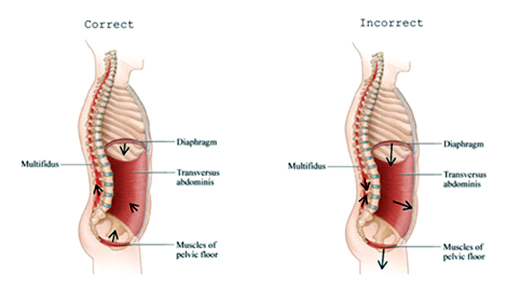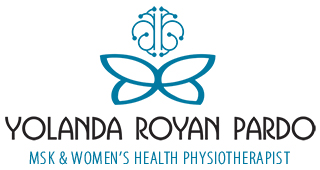The arrival of a baby is one of the most exciting and beautiful events in a woman’s life.
A woman’s body experiences numerous changes during the nine months of gestation. The increase in weight of the uterus increases intra-abdominal pressure and this weight falls directly on the pelvic floor. If we add a long delivery, an instrumentalised delivery or an episiotomy to this, the pelvic floor again suffers.
Even if the birth culminates in caesarean section, this is not a guarantee of perfect perineal muscle regression. The abdominal muscles work as a team with the pelvic floor and if one fails, it drags the other to failure.
Physical recovery of the pelvic floor
For this reason, importance must be given to the physical recovery of the pelvic floor, which is one of the ‘most affected’ areas of the body during pregnancy and childbirth, but it is not the only one. The pelvic floor works synergistically with the abdominal wall, the back muscles and the diaphragm.
The postpartum is divided into: Immediate postpartum, which begins in the first hours after delivery and late postpartum, from the sixth week or ‘quarantine’.
The first 6 – 8 weeks postpartum, is a period in which health professionals recommend avoiding prolonged standing and state no conventional abdominal exercises (such as crunches), no load weights, no overexertion of the pelvis and abdominal area or impact exercises should be practised. This is to allow the viscera and ligaments to return to their place and recovery from possible injuries derived from pregnancy, childbirth or caesarean section.

When to start your Kegel Exercises
Kegel exercises, based on the contraction of the pelvic floor muscles, which are generally learned in preparation for childbirth, can begin 24 – 48 hours after giving birth. Women will feel weak or poor contraction of the pelvic floor shortly after delivery, but this will improve with time. The pelvic floor muscles get tired easily and so it is better for women to do a few contractions and spread the sets throughout the day.
Of course, it is advisable to stay active, and for this it can be useful to go for a walk for short periods of time (start with 15 minutes and progressively increase the time and the distance). Also, doing gentle exercises such as abdominal and diaphragmatic breathing, a gentle activation of transverse muscle in different positions such as lying down with the knees bent, sitting and standing can be started 48 hours after delivery if a woman has had a normal vaginal birth.
A woman who has had a caesarean will be able to do the Kegel exercises, gentle abdominal and diaphragmatic breathing and go for short walks but will need to wait about six to eight weeks before she can start to gently engage in core strengthening.
Take control of your wellness
Up to half of all women experience weakness in both the abdominal and pelvic floor muscles after pregnancy and up to a third still have a tummy gap at eight weeks post-birth. This can cause instability or poor core strength leading women to develop pain or dysfunction in the bladder or bowel. Women should not just put up with these conditions which may occur as a result of having a baby.
It’s recommended that women have a Mummy MOT® check up after their 6 – 8 week GP check. If you would like more infomation, please give me a call on 0751 418 5249.


